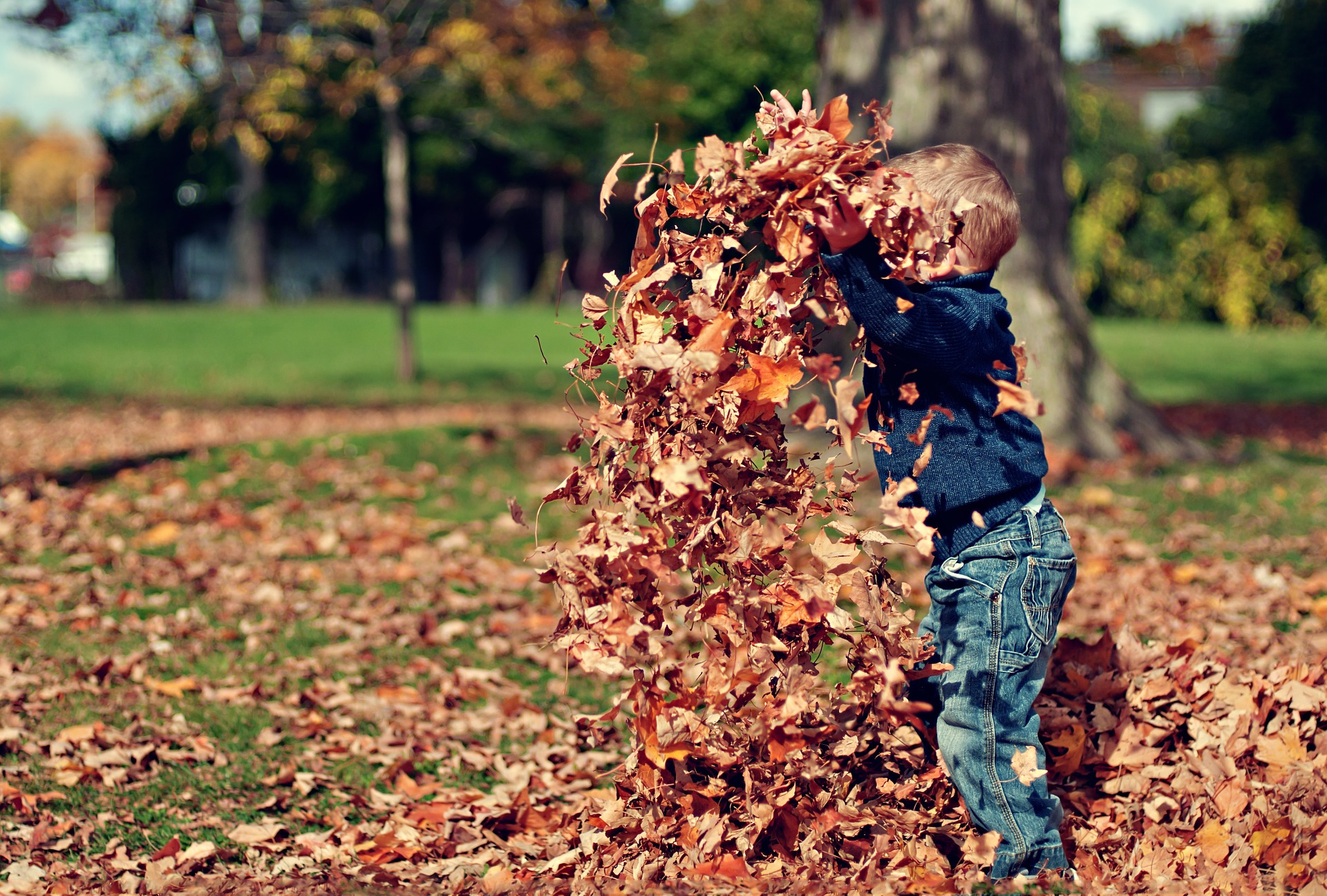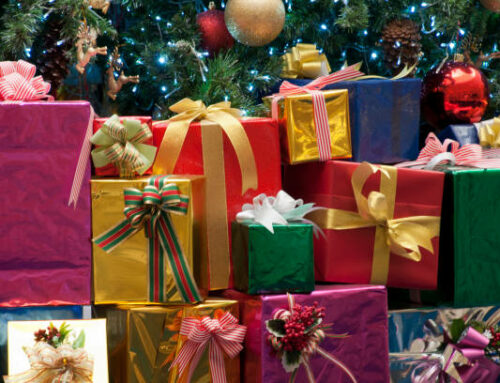Autumn’s rich colour palette and abundance of natural materials calls out for a pre-school child’s involvement. Learn about finding evidence, gain observation skills and have a great time rustling leaf piles!
Who Hibernates?
Which hibernating animals can your child name? Find out how many they know and see if you can extend their thinking about why they hibernate and when. https://www.wildlifewatch.org.uk/hibernation
Other questions to encourage depth of thinking and understanding include:
- Why are the squirrels racing around and are there more than usual?
- Where are the swallows going?
- Do all animals hibernate underground?
- Can you suggest anything to help the animals when the weather gets colder?
Different Shades of Green
If your child collects leaves, talk to them about colour variations. For different shades of green try moss, mint, fern, lime and for red, try scarlet, crimson, terracotta and burgundy. Can they observe these different shades in nature?
Where’s the Conker?
Chat with your child about which autumn foods animals collect and store. You might want to tell them about less obvious wildlife, e.g. acorns provide food for deer while badgers enjoy mushrooms. Jays cache acorns and hazelnuts then memorise where they are buried, while mice store seeds and nuts in underground nests.
Gathered some conkers or acorns on a day out? Save them for your child to hide on a walk. The trick is to see if they can remember where they hid them on the return walk back! The game tests memory, but your child might also consider how tricky it can be for animals to store and retrieve their food. P.S. Remember to wash conkers before giving them to small children as they can cause skin irritation.
Roll A Conker
Ask your child to line up a few conkers at the top of a slope or slide and let them roll down. Can they time them? Which conker is fastest? Why is it the fastest and are there different ways to make the other conkers roll faster? Is there an average speed?
Autumn Surprise Sacks
Pop a variety of autumn associated items into a sack with little notes inviting your children to think of ways to use them. Items that are great for extending thinking and concepts include: harvest grasses such as wheat or corn, pine cones, apples, sliced aubergine, pictures of autumn-related animals and bonfires, pieces of bark and wrapped marshmallows! Could you paint with a pine cone, for example?
Leafy Trees
You will need:
Self-adhesive clear film, scissors, a hole punch, thin ribbon or string, a large bare branch and a bucket or large tin. A tree identification book, if available or the Tree ID app from the Woodland Trust https://www.woodlandtrust.org.uk/visiting-woods/trees-woods-and-wildlife/british-trees/identify-trees-with-our-tree-id-app/ .
Point out different tree species to your child and tell them the names e.g. ash, beech. Have your child collect as many different leaves as they can find. At home, help them press the leaves between clear adhesive film or laminate them and carefully cut around the outside leaving a small border. How many of the leaf varieties can your child remember?
At the top of the leaf, punch a hole and get them to thread some string or ribbon through, then attach the leaf display to the bare branch. Ask your child to choose a suitable vase or container and where to display their indoor autumn magnificence!
Dream Up A Den!
Perfect for all ages who can join in, if your youngster allows them! Den building gives a child independence and allows them to take the lead. In a group they can also learn co-operating skills.
If you can’t get to a woodland, your children could try making an indoor or outdoor tepee with a broom handle or long stick. Tie on a sheet with rope or strong string. Providing tactile materials such as a cosy blanket, sheet, shiny fabrics or even a pop-up tunnel and tent will give your youngster freedom to customise their fab hidey-hole!
Other Autumnal Activities
- Record the temperature, and the length of each day, during this period of noticeably rapid change.
- Trace the structures of leaves or use them to print with poster paints.









